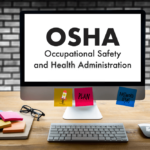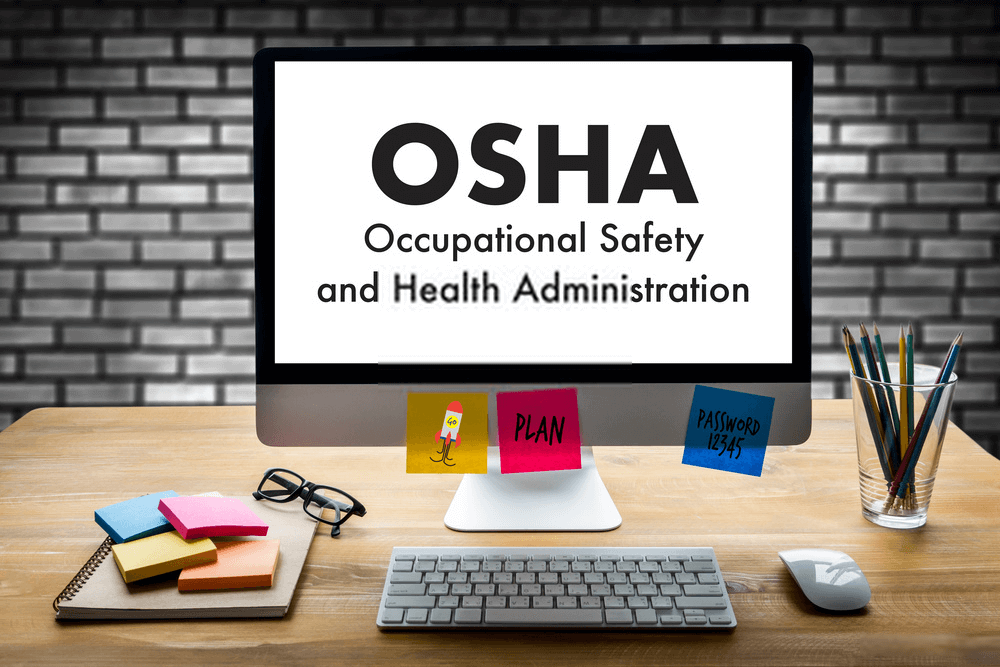NSC 2019: Managing Workplace Fatigue Risk?

At the just concluded 2019 edition of National Safety Council (NSC) Congress & Expo in San Diego, California, Emily Whitcomb, Senior Program Manager of NSC, and Lori Guasta, Vice President, Consulting Services and Research for Predictive Safety SRP, Inc., spoke about fatigue in the workplace and how to manage this significant but largely unrecognized hazard.
According to the NSC, 40 percent of the U.S. workforce is sleep-deprived. Fatigue can have physical and mental effects on an individual, such as slower reaction times and poor decision-making, and adverse health effects, including a higher risk for obesity and heart disease. At work, fatigue decreases productivity and increases the risk of errors, accidents, and injuries. Despite the obvious effects, fatigue is often an unrecognized hazard in the workplace because employees may be unaware of their level of impairment due to fatigue and reluctant to report it for fear of being tagged as lazy.
Management of fatigue in the workplace is not an easy task because fatigue effects every individual differently, and the effects can vary from day to day, but the NSC has developed a framework for a fatigue risk management plan (FRMP) to help companies get started. NSC’s FRMP consists of the following elements:
- Education and training. Employees and supervisors throughout the organization must be aware of the risks of fatigue and educated on strategies to get proper rest.
- Policies and practices. Organizations must have a point of contact within the company who is designated to deal with fatigue management, and policies must be developed for both work and rest schedules. Implementing software tools that optimize schedules to minimize fatigue may be a worthwhile investment.
- Shared responsibility. The employer and employees must commit to the idea that managing fatigue is a shared responsibility. Employers must schedule properly, educate and communicate with employees, and allow employees to report fatigue without fear of discipline. In return, employees have an obligation to do what is necessary to report to work rested and fit for work, know their limits, and report fatigue within the mechanisms set up by the employer.
- Fatigue mitigation. There are actions that can be taken to mitigate fatigue, such as avoiding extreme temperatures, dim lighting, and loud environments.
- Data-driven programs and continuous improvement. Employers need to seek feedback from employees on the effectiveness of mitigation methods. Modification of incident reports to evaluate the possibility that fatigue may have played a role in the incident (e.g., a 72-hour lookback on the actions of all individuals involved) could be another excellent data source.
The hazard of fatigue is real. If your company has shift workers or employees working consecutive days of extra-long shifts, fatigue is a hazard that you can no longer leave unrecognized. Begin implementing a FRMP to positively impact the safety and wellness of your workforce.
Source: EHS Daily












